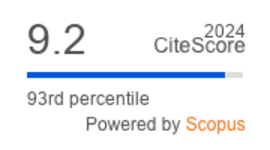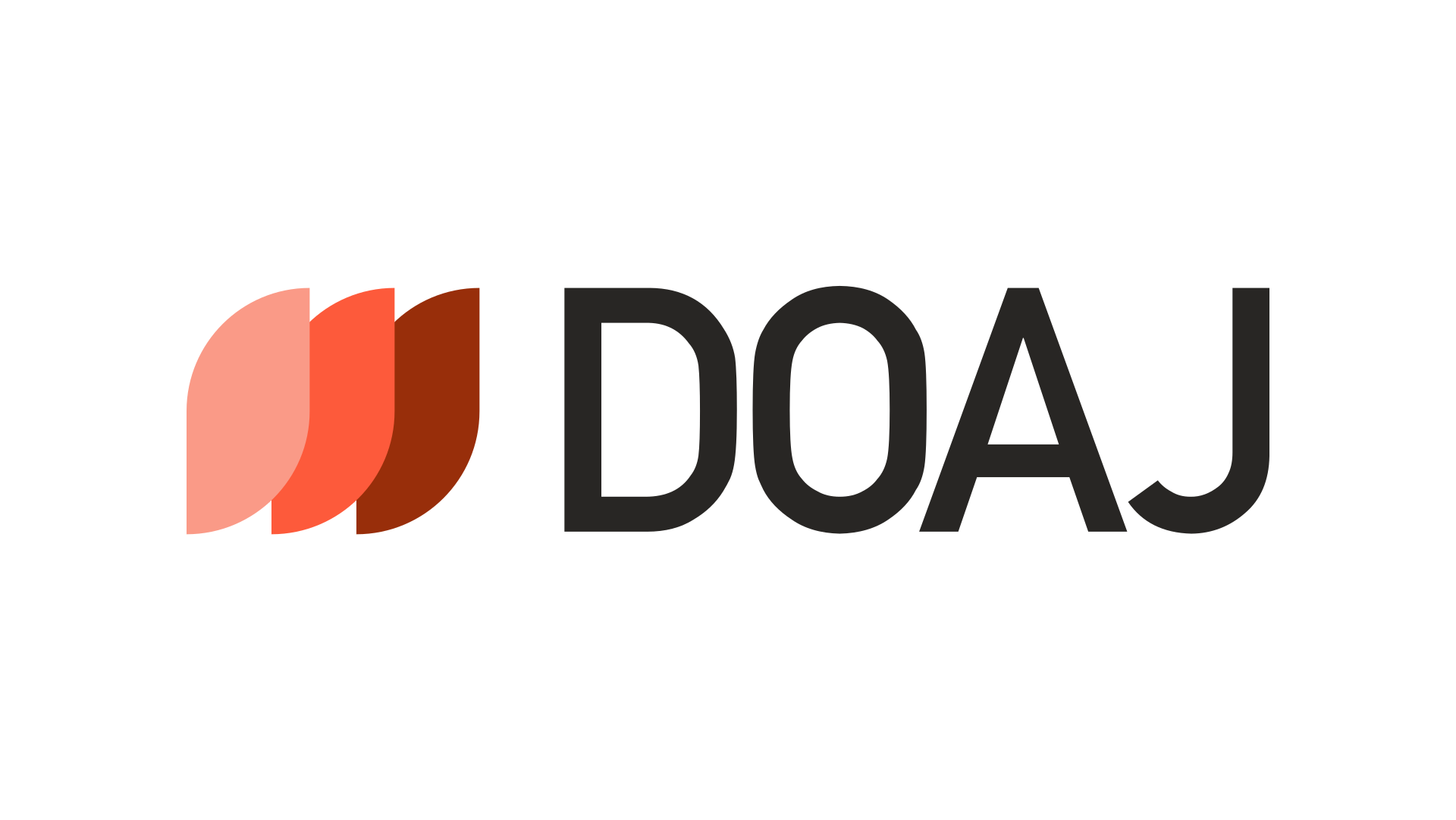Zebrafish Brain Regeneration as a Model for Neurorepair in Parkison’s Disease
DOI:
https://doi.org/10.36877//pmmb.a0000476Abstract
Parkinson’s disease (PD) is the fastest-growing neurodegenerative disease in the world. Despite extensive research, its aetiology and pathogenesis remain poorly understood, often leading to delayed or missed diagnoses, especially in early-onset cases. One of the important hallmarks of PD is the progressive loss of dopaminergic neurons in the substantia nigra, which underlies the manifestation of motor symptoms. Current therapeutic interventions, which primarily offer symptomatic relief, do not alter the deteriorating course of the disease. These limitations have led to a greater emphasis on regenerating dopaminergic neurons as a potential approach for PD management. Mammals, however, exhibit limited reparative capacity in renewing cellular components of the central nervous system (CNS), making mammalian-based models unsuited for the understanding of neuroregeneration. As such, the zebrafish (Danio rerio) has emerged as a powerful model for neuroregeneration studies given its robust neurogenic potential, high proliferative capacity, and significant genetic and structural homology to the human brain. This review aimed at highlighting current findings on zebrafish neuroregeneration, with particular emphasis on 1) cellular responses and neuroinflammation following the loss of neurons and 2) brain repair through the regeneration of new neurons through sequential stages of progenitor cell proliferation, migration, and differentiation at the injured brain regions. The latest findings on the conserved neuroregenerative mechanisms in zebrafish further imply translational potential into novel therapeutic strategies against PD, such as drug discovery and activation of endogenous repair pathways. By contrasting the mammalian limitations, this review underscores advances in zebrafish neuroregeneration which could provide new therapeutic avenues for PD.
Downloads
Published
How to Cite
Issue
Section
License
Copyright (c) 2025 Naemah Md Hamzah, Siong Meng Lim, Kalavathy Ramasamy, Abu Bakar Abdul Majeed, Long Chiau Ming

This work is licensed under a Creative Commons Attribution-NonCommercial 4.0 International License.
Author(s) shall retain the copyright of their work and grant the Journal/Publisher right for the first publication with the work simultaneously licensed under:
Creative Commons Attribution-NonCommercial 4.0 International (CC BY-NC 4.0). This license allows for the copying, distribution and transmission of the work, provided the correct attribution of the original creator is stated. Adaptation and remixing are also permitted.

This broad license intends to facilitate free access to, as well as the unrestricted reuse of, original works of all types for non-commercial purposes.
The author(s) permits HH Publisher to publish this article that has not been submitted elsewhere.



.png)

.jpg)
